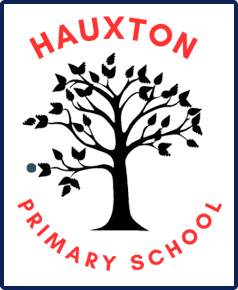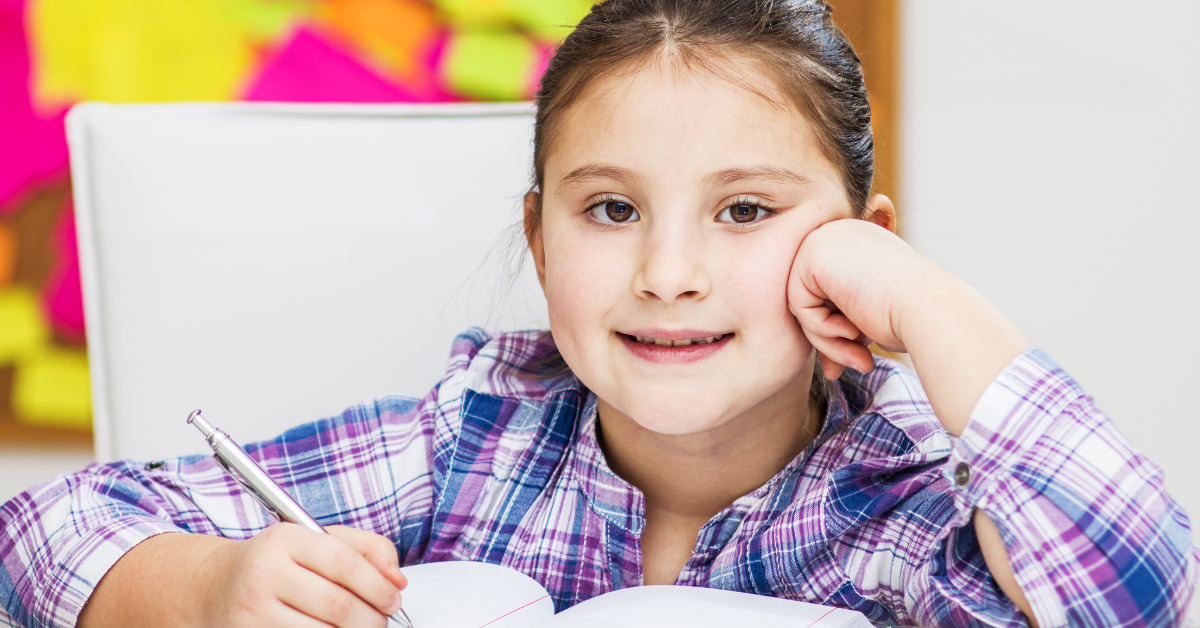End of Year 5 Learning Expectations
Word reading
- apply knowledge of root words, prefixes and suffixes to read aloud and to understand the meaning of unfamiliar words.
- read further exception words, noting the unusual correspondences between spelling and sound.
- attempt pronunciation of unfamiliar words drawing on prior knowledge of similar looking words.
- re-read and read ahead to check for meaning.
Understanding what I read
- be familiar with and talk about a wide range of books and text types, including myths, legends and traditional stories and books from other cultures and traditions; discussing the features of each.
- read non-fiction texts and identify the purpose, structure and grammatical features, evaluating how effective they are.
- identify significant ideas, events and characters; and discuss their significance.
- recite poems by heart, e.g. narrative verse, haiku.
- prepare poems and plays to read aloud and to perform, showing understanding through intonation, tone, volume and action.
Spelling
- form verbs with prefixes.
- convert nouns or adjectives into verbs by adding a suffix.
- understand the rules for adding prefixes and suffixes.
- spell words with silent letters.
- distinguish between homophones and other words which are often confused.
- spell the commonly mis-spelt words from the Y5/6 word list.
- use the first 3 or 4 letters of a word to check spelling, meaning or both in a dictionary.
- use a thesaurus.
- use a range of spelling strategies.
Handwriting
- choose the style of handwriting to use when given a choice.
- choose the handwriting that is best suited for a specific task.
Sentence structure
- use relative clauses.
- use adverbs or modal verbs to indicate a degree of possibility.
Text structure
- build cohesion between paragraphs.
- use adverbials to link paragraphs.
Punctuation
- use inverted commas and other punctuation to indicate direct speech.
- use apostrophes to mark plural possession.
- use commas after fronted adverbials.
- use brackets, dashes and commas to indicate parenthesis.
- use commas to clarify meaning or avoid ambiguity.
Number
- count forwards and backwards in steps of powers of 10 for any given number up to 1,000,000.
- recognise mixed numbers and improper fractions and can convert from one to the other.
- read and write decimal numbers as fractions.
- recognise the % symbol and understand percent relates to a number of parts per hundred.
- write percentages as a fraction with denominator hundred and as a decimal fraction.
- compare and add fractions whose denominators are all multiples of the same number.
- multiply and divide numbers mentally drawing on known facts up to 12 x
- round decimals with 2dp to the nearest whole number and to 1dp.
- recognise and use square numbers and cube numbers; and can use the notation 2 and 3 .
- multiply and divide whole numbers and those involving decimals by 10, 100 and 1000.
- multiply numbers up to 4-digit by a 1 or 2-digit number using formal written methods, including long multiplication for a 2-digit number.
- divide numbers up to 4-digits by a 1-digit number.
- solve problems involving multiplication and division where large numbers are used by decomposing them into factors.
- solve addition and subtraction multi-step problems in context, deciding which operations and methods to use and why.
- solve problems involving numbers up to 3dp.
Measurement, Geometry and Statistics
- estimate and compare acute, obtuse and reflex angles.
- draw given angles and measure them in degrees.
- convert between different units of metric measures and estimate volume and capacity.
- measure and calculate the perimeter of composite rectilinear shapes in cm and m.
- calculate and compare the areas of squares and rectangles including using standards units (cm2 and m2 ).
- solve comparison, sum and difference problems using information presented in a line graph.


